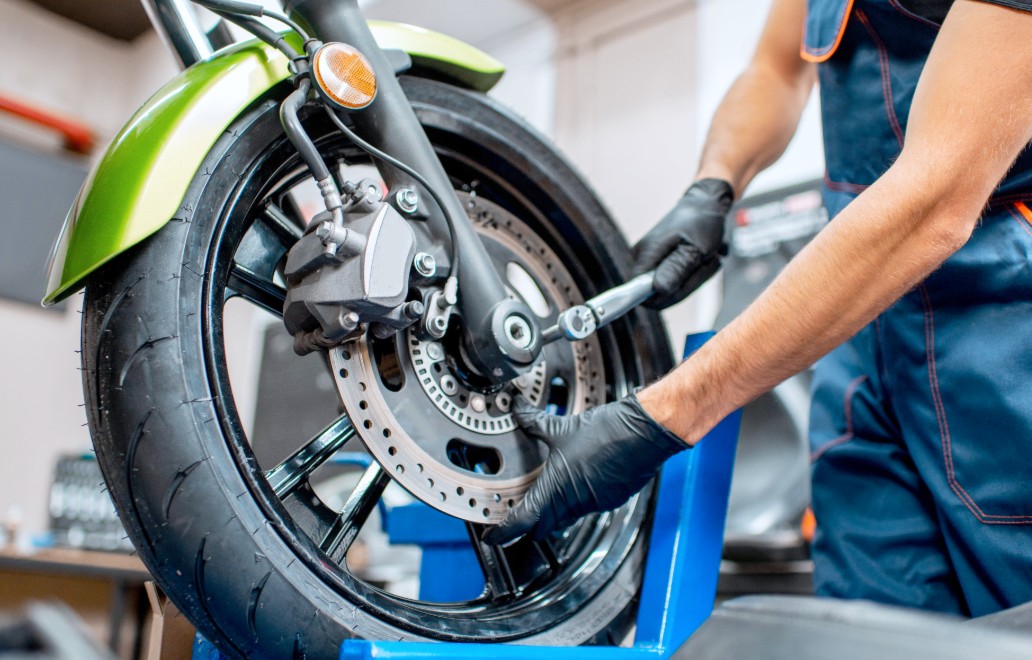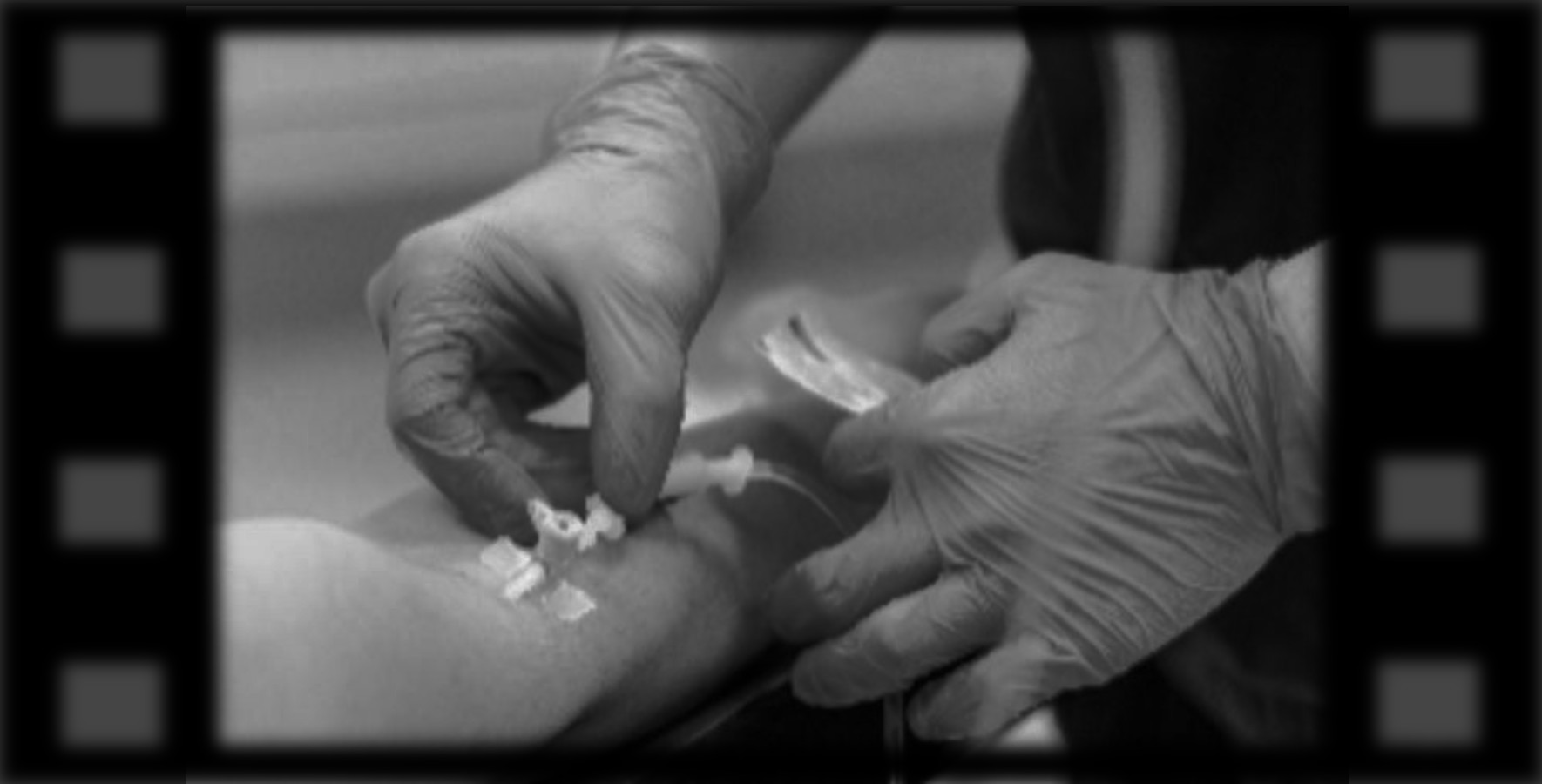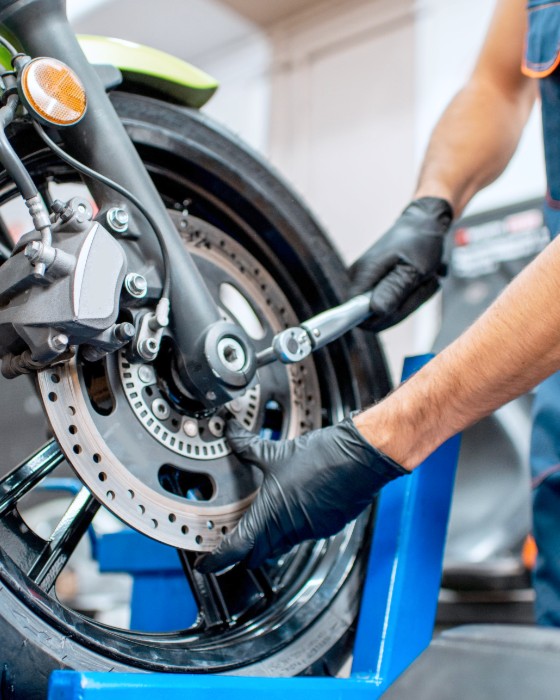Glove products
The Evolution Journey of Disposable Gloves
-
01
The Medical World Changed by Disposable Natural Latex Gloves
In 1889, the first thin natural latex gloves were introduced, setting a precedent for using gloves in medicine, primarily by doctors and nurses. -
02
Latex Allergy Changed by Disposable Vinyl Gloves
In 1926, PVC vulcanized rubber was manufactured in the UK, and after being made into disposable gloves, it produced benefits for latex-allergic medical personnel. -
03
Wearing Discomfort Changed by Disposable Nitrile Rubber Gloves
In 1931, a material that changed the world of disposable gloves, nitrile rubber, was developed in France.
After 1991, nitrile rubber was slowly used in gloves. Finished disposable nitrile gloves, taking into account the characteristics of high resilience, no risk of latex allergy, and comfort, have gained tremendous popularity in the sales market.
Nitrile Gloves vs Latex Gloves
| FEATURES | NITRILE | LATAX |
|---|---|---|
| Waterproof | ||
| Oil Resistant | ||
| Chemical Resistant | ||
| Heat Resistant | ||
| Puncture Resistant | ||
| Abrasion Resistant | ||
| Tear Resistant | ||
| Static Discharge | Between Static insulative and Static Dissipative |
Static insulative |
| Dexterity | ||
| Durability | ||
| Shelf Life |
Analysis of The Specificity and Advantages of Nitrile Gloves
-
Step 1
Outstanding chemical properties
Free of protein allergens
Great oil resistance
Non-toxic and odorless -
Step 2
Better physical properties
Superior tensile strength, better puncture resistance
Higher anti-static properties -
Step 3
Ergonomic Design
Lighter material, high sensitivity and flexibility.
Comfortable hand feeling, high elasticity, easy to operate
Multi-scenario Application of Nitrile Gloves
-
Healthcare
-
Automotive
-
Industrial
-
Cleaning
-
Food
FAQs
-
With so many other types of gloves, why choose NBR nitrile gloves?
Ans: Because nitrile rubber is very different from natural (latex) rubber, nitrile gloves were initially conceived as a solution to the growing number of people who were allergic to the latex protein that accompanies latex gloves. In some applications, nitrile gloves are the only gloves that make sense. Dentists, for example, prefer nitrile gloves because their patients are less likely to have allergic reactions. -
What are your experiences with auto mechanics using nitrile gloves?
Ans: Automotive engineers have discovered the benefits of wearing nitrile gloves. For years, disposable gloves were considered useless by the automotive industry because Latex would dissolve when in contact with grease, oil, diesel, or gasoline. And as the times continue to change, more and more people engaged in related operations have increasing requirements for cleanliness. Suddenly, we see our nitrile gloves being sold in increasing numbers to car manufacturers and service centers worldwide. Because nitrile gloves can withstand almost all chemicals in automobile systems, they are highly resistant. -
Do nitrile gloves provide adequate protection against all chemicals?
Ans: The U.S. government also agrees that nitrile gloves are the best for many tasks. According to the U.S. Environmental Protection Agency, nitrile gloves are ideal for high-risk tasks. In contrast, nitrile gloves provide a better barrier to paints and organic solvents because they are well-protected and durable. Nitrile gloves offer the most comprehensive protection for your safety. -
Nitrile or Latex for mechanical gloves?
Ans: NBR nitrile gloves are more robust than latex gloves. They are also more resistant to chemicals and have higher puncture resistance. Most engineers need strong, dexterous, chemical-resistant gloves, so they usually choose nitrile gloves.


































